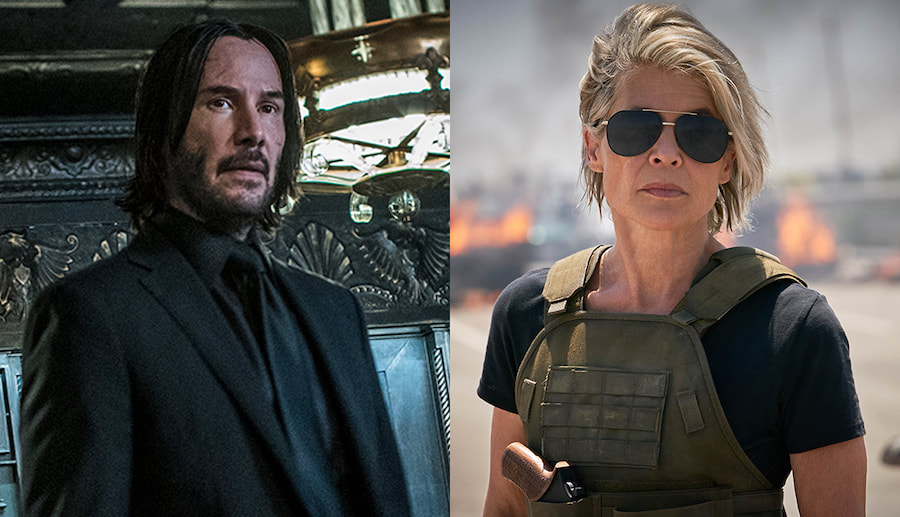|
There are Stunt people. There are Actors. Then spanning both of these we have the Action Actors. People who can combine and display both skill sets in a very unique way, creating a new discipline in its own right within the world of entertainments work. Here's The ISA's guide to Action Acting, to help you understand the difference and why studying acting or stunts separately is not guaranteed to set you up for success as an 'Action Actor'. Let's get stuck into the details... Action Acting: The ISA's Comprehensive Guide to the discipline that has captivated audiences for generations.
Action Acting is a specialized discipline in the film and entertainment industry that involves physical performance, acting, and highly specialized training in physical combat, martial arts, and other physical skills. Action Actors must be able to perform physically demanding stunts while SIMULTANEOUSLY delivering a convincing and emotionally charged acted performance of the character they portray. So 'Action Acting' differs from stunt work and traditional acting in several ways. The primary difference between stunt work and action acting is that stunt work primarily focuses on executing dangerous stunts safely and convincingly, while action acting focuses on delivering a performance that is both emotionally charged and physically demanding. The primary difference between action acting and traditional acting is that action acting involves a much more physical and technically skilled performance, vs traditional acting and roles. Specialized Skills Action actors must have specialized skills in physical combat, martial arts, and other physical skills, in addition to a strong foundation in acting. Stunt performers must have a deep understanding of the mechanics and physics of the stunts they are performing, and must be able to execute them safely and convincingly while still looking natural and spontaneous on screen. Both stunt performers and action actors must be in excellent physical condition and must constantly maintain their fitness and training to keep up with the demands of the job. Emotions and Reactions Action actors must be able to convey a wide range of emotions and reactions while performing physically demanding stunts. They must be able to convey fear, panic, anger, and determination in a way that is both believable and emotionally charged. This requires a high level of experience and skill in both physical performance and acting. In contrast, traditional acting typically focuses on delivering a performance that is emotionally charged and intellectually engaging through dialogue and nonverbal communication. Action actors and the action film genre typically involve a specific set of emotions and reactions that are different from those associated with other types of film and actors. The emotions and reactions commonly associated with action actors and the action film genre include:
Equipment and Props In addition to this, Action Acting typically involves working with specialized equipment and props, such as guns, swords, and vehicles. Action actors must be trained in the safe and proper use of these props, as well as in the mechanics and physics of the stunts they are performing. Stunt performers must also be trained in the use of various props and equipment, such as guns, swords, and vehicles. Its not typical that traditional acting schools prepare you for this, or the physical abilities you need to deliver roles that utilise these things. The International Stunt Academy in Norway is a very unique School as we specialise in Stunts and Action Acting. Our accredited Diploma course offers Stunt Performance and Action Acting classes in combination, alongside business studies, self-promotion, film making and many other skills and disciplines people need to kickstart and establish a successful professional career in Action Acting. Our comprehensive curriculum prepares our students to become versatile performers who can seamlessly blend studies in both acting and stunts. This approach provides students with a competitive edge in the industry, equipping them with a unique set of skills and expertise that opens up a wide range of career opportunities in the entertainment industry. Comments are closed.
|
AuthorThis blog os co-authored by The ISA Team Archives
June 2024
Categories
All
|


 RSS Feed
RSS Feed

3/7/2023